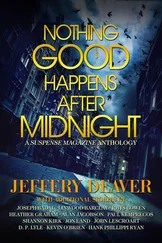Ever since he began with the NYPD many years ago, Rhyme had made it a professional mission to learn as many of the intricacies of the city as he possibly could. As he wrote in his book, “You need to know the geography and workings of the city the way a doctor knows the bones and organs of the human body.”
“We’re onto something here,” he whispered. “More. Keep going. I want more.”
Cooper, bending over the lab’s compound microscope, said, “Have something here. I’ll put it on the screen.”
After some keyboard taps, a number of grainy objects appeared on the monitor. The image was of what Cooper was looking at through the eyepiece: bits of some red substance, the shape of grains of sand. According to the scale at the bottom of the monitor, they would be the size of dust particles.
“From his shoe again?”
“That’s right.”
“GC it,” Rhyme ordered. “I want the composition.”
After analyzing a sample, Cooper said, “Silica, alumina, lime, iron oxide and magnesia. In descending amounts.”
Rhyme announced, “Brick. Silica’s sand, alumina’s clay. The red comes from the iron and lower baking temperatures of nineteenth-century furnaces. So it’s old.”
“Well,” Cooper said slowly, with emphasis in his voice, “one other substance.” He looked toward Rhyme. “Dried blood. Ninety-nine percent sure it was on his shoe. Amelia got samples in two places.”
“Species?”
“Human.”
“TSD?”
The time since deposition — how long has passed since blood was spilled — could be determined by Raman spectroscopy. The technique, relatively new in the armory of forensic scientists, works by hitting a sample with a laser beam and measuring the intensity of the scattered light. Rhyme particularly liked the technique as it was nondestructive and the sample could later be tested for DNA.
Cooper ran a sample and read the results, in the form of a chart.
“It’s five, six days old, more or less.”
Rhyme’s eyes swiveled to Sachs’s. Her face was troubled. She said, “Maybe he cut himself accidentally... Or maybe he’s already started using a knife.”
Cooper then ran the DNA and sent the results to the CODIS database. They soon received the message that there were no matches.
Closing his eyes again, Rhyme let his head loll back against the padded rest. He thought past the blood. He would assume that the Locksmith was in fact dangerous, if not deadly. His sole concern now was finding him. What did the evidence have to say about that?
Soap.
Brick.
Tiny shards of porcelain.
Copper wire.
Rhyme’s phone buzzed, and he answered.
The caller was Assistant District Attorney Sellars, the prosecutor in the People of the State of New York v. Viktor Buryak.
“Lincoln. The jury came back with a verdict.”
“And?”
“They found him not guilty. All counts.”
Not good enough.
It’s taken me fifty-nine seconds to pick the SecurPoint 85.
Way too long.
Carrie Noelle’s apartment door is held fast by two locks, as are most residences in New York. The simple one in the knob and the SecurPoint.
They are both pin tumblers, one of the oldest designs in history. The man who earned the patent for the design in the U.S. was the famous Linus Yale Sr. The lock he created and his son’s refinement of it are basically the same as are in use today, even after a hundred and fifty years.
In these locks there’s a rotating plug into which the key is inserted (through the “keyway,” not “keyhole”). The plug and the surrounding casing each have corresponding holes drilled into them and inside the holes are spring-loaded pins, which keep the plug from turning and opening the deadbolt or latch. The serrated ridges on the key push the pins up to the shear line, which frees the plug to turn.
To pick a pin tumbler, the process is simple: You insert a tension wrench into the keyway and twist the plug, which puts pressure against the pins and keeps them from springing back into the secure position. Then you use a thin rake — which looks like a dentist’s pick — to push the pins upward until they’re above the shear line.
Ah, but the SecurPoint...
It’s similar to the famed Medeco. The ends of the pins within the lock are cleverly chiseled and, even more challenging, they rotate, so the tip of the rake must not only catch the sharp end of each pin but must twist it to free the plug and allow it to open. (When a Medeco executive patented the design, in the 1960s, he offered fifty thousand dollars to anyone who could pick it — a popular promotional gambit of lock makers. At the time, only one person in the world was able to do so — an NYPD detective, as a matter of fact.)
Cracking the SecurPoint in fifty-nine seconds?
That’s probably a world record. But it’s still too long.
Tonight, for my Visit, I need it to be thirty or under.
Not that an alarm would go off. It’s just that I’ve assessed that for Carrie’s size of apartment building, the number of residents, the time of early morning, I can afford to be crouched in front of her door for no more than a half minute. Beyond that time, the risk is unacceptable.
SecurPoints can be bumped — that is, opened by brute force, achieved by jamming a blank key into the passage over and over and occasionally hitting the key with a hammer or mallet. But I despise bumping. Again, the artistic element. The elegance.
It’s also noisy.
I know very well — from the incident in 2019 — the disaster that noise can lead to during a Visit. A simple thing like a latch clicking can result in tragedy.
No, I’ll rake open the SecurPoint, and I’ll do it quickly and silently, so that Carrie Noelle won’t hear a thing and will continue to slumber in innocence. And vulnerability.
I inhale and exhale slowly, concentrate all my being on the SecurPoint 85.
Locks have been picked by actually looking into the keyway. The greatest picker of all time, a lock salesman named Alfred C. Hobbs, cracked the supposedly unpickable Detector lock at the Great Exhibition of 1851 in Britain. Some of his tools had tiny mirrors on them (which was considered cheating, and the event became known as the Great Controversy).
I don’t have such tools. But I do “peer” inside the lock in a way. I close my eyes and visualize the pins and tumblers with the same clarity as if seeing them under a brightly lit microscope.
I become one with the device.
Lock picking has been called a dark side of zen.
A tap on the stopwatch.
In goes the tension tool, in goes the rake.
Five seconds, ten, twenty, twenty-five... thirty, forty.
Click.
The lock opens.
Forty-one seconds. At a recent lock-picking convention, the record for cracking a SecurPoint 85 was one minute and four seconds.
I’ve done it in nearly half that time.
But still not good enough.
I step back, make a cup of herbal tea. As I do I picture Carrie Noelle, who is a tea lover too. She’s wildly appealing in spandex — hip huggers and tank tops are her outfits of choice. She tends toward bright colors.
I wonder what kind of kitchen knives she has. She’ll have some. Everybody does. They’re a perfect Christmas present.
Once again I study my prey, the SecurPoint.
Seductive, sexy, coy.
Whom I want to be inside, need to be inside.
From my hundreds of tools, I select a different rake.
Inhaling and exhaling. I reset then hit the stopwatch again.
Tension bar inserted.
Rake inserted.
The tools are moving slowly, back, forth. Up, down.
My eyes are closed, feeling the pins as if with the tips of my fingers.
Читать дальше
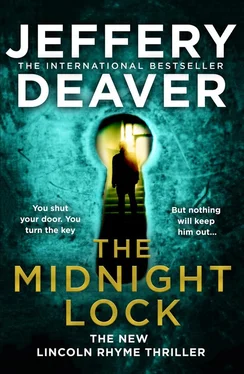
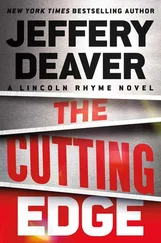
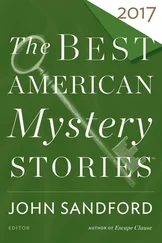

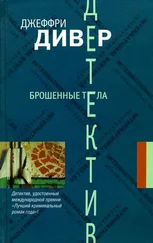


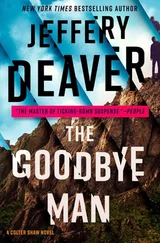
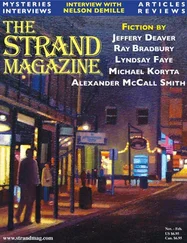
![Джеффри Дивер - Where the Evidence Lies [A Lincoln Rhyme Short Story]](/books/403782/dzheffri-diver-where-the-evidence-lies-a-lincoln-r-thumb.webp)


